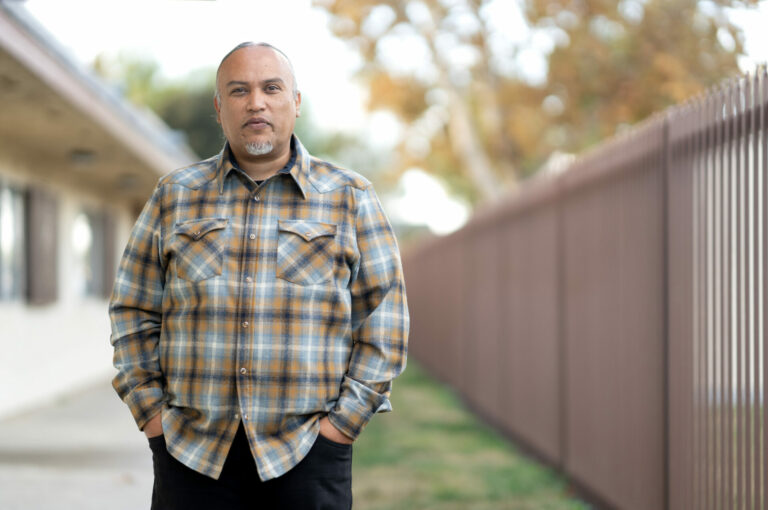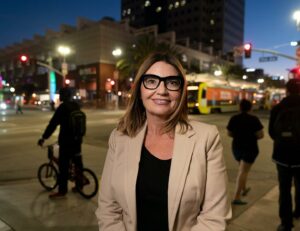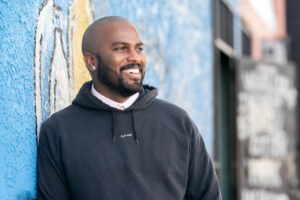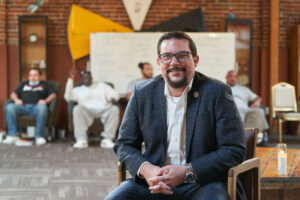Joel Garcia (Huichol) is an artist and cultural organizer who uses Indigenous-based frameworks and arts-based strategies to raise awareness of issues facing underserved communities. Joel’s inquiry will reimagine indigenous and settler relationships through healing. His inquiry is an expansion of his work exploring healing and reconciliation, memory and place.





